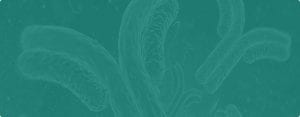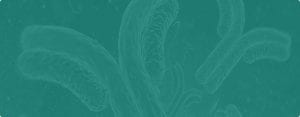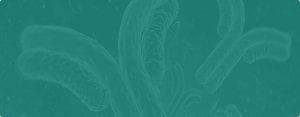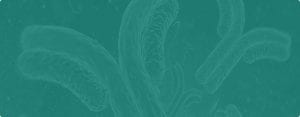Common causes of high background in Western Blotting
When your blot comes out looking like a bad x-ray, you’ve got background problems. It’s the result of your detection antibody, or development reagent, binding to anything and everything else on your blot, losing the signal you’re looking for – the protein you’re interested in – in the shadows of this non-specific binding.
Unfortunately, you can never tell if you’ve got, or will have, a background problem with a blot until you’ve developed it.
However, should you be having problems with high background across the blot, there’s a lot you can do to improve things. There are a lot of possible causes for high background in a western blot, and below we outline some of the main causes, and their solutions.
Again, in all instances, if you have high background problems and need to repeat your blot, it’s best to start with freshly made buffers and reagents, made according to the manufacturers recommendations, to make sure everything is correctly prepared and there is no contamination of buffers.
This is especially true of the detection antibodies, which could form aggregates if not prepared and stored properly, or if they are quite old.
Blocking Buffer
If you’ve not blocked your blot properly, then your detection antibody will likely bind anywhere and everywhere. To help fix this you can try:
- Increasing the concentration of your blocking reagent, whether casein, non-fat dried milk or BSA. 3-5% should be fine.
- Change blocking buffer conditions. For example, block for 2 hours at room temp, or overnight at +4°C.
- Increase the incubation time with your blocking buffer, preferably with gentle agitation
- Add 0.05% Tween-20 to your blocking buffer, if it doesn’t already contain it. This can help reduce any cross-reactivity between blocking reagent and antibodies.
- Titrate your primary and secondary reagents in the same blocking buffer.
Tip: If you’re using a phospho-specific antibody,
don’t use casein or dried milk as the blocking reagent, as casein is a phospho-protein, and is present in milk.
Milk also contains biotin, so it’s not suitable when using an avidin-biotin based detection system.
Washing
If you’re blots not well-washed, then ‘junk’ can be left over that interferes with the detection antibody(s).
- Ensure enough washing buffer is used to cover the blot
- Wash with gentle agitation
- Increase the number of washes. For example, wash 4-5 times for 5-minutes.
- Increase the amount of Tween-20 to 0.1%, if it is not already.
Primary or Secondary Antibody
Primary or secondary antibody – if the concentration of either of these is too high, background may be boosted. Try:
- Optimizing your antibody concentrations
- Use a lower concentration antibody with a lengthened incubation
- You can perform a secondary antibody control, omitting the primary antibody, to check if the secondary is the problem.
Overexposure
If you expose your blot for too long with the detection reagents, or equipment, may over expose your blot. Try:
- Reducing the exposure time, or detection system incubations
Dry membrane
A dry membrane can lead to high background
- Be sure to always store your membrane in a liquid storage medium at all times
Membrane type
- Ssome membranes have lower background than others. Generally, nitrocellulose tends to have a lower background than PVDF, but try different membranes.
Note: Some nitrocellulose membranes may interfere with luciferase-based detection systems. Check with the manufacturer.
Download PDF :  Filed Under : Antibodies
Tagged With : Western Blot
Filed Under : Antibodies
Tagged With : Western Blot

 Filed Under : Antibodies
Filed Under : Antibodies







